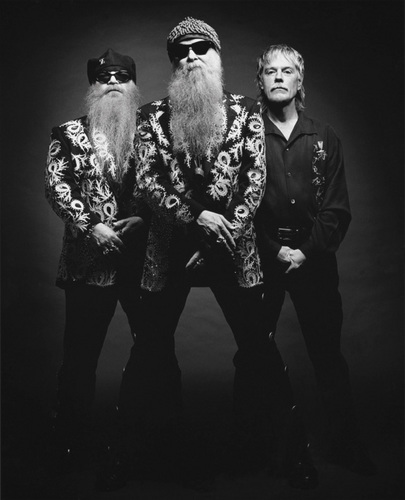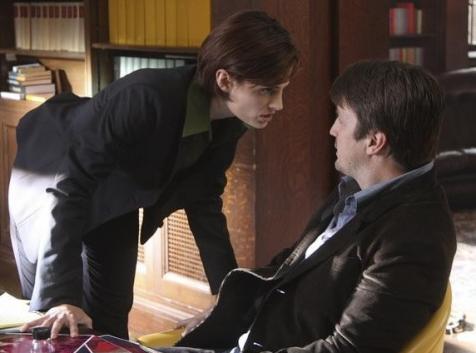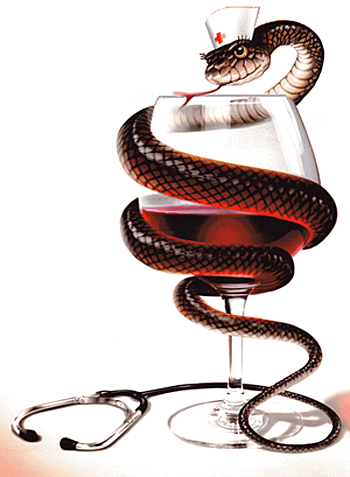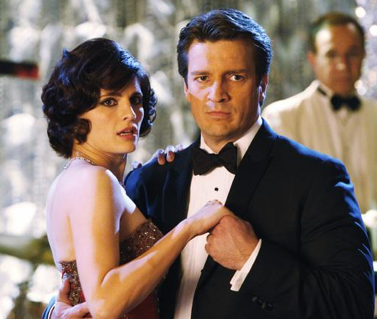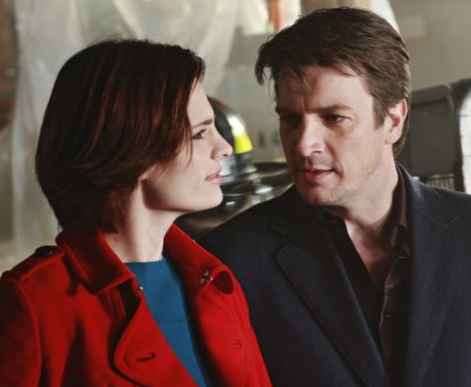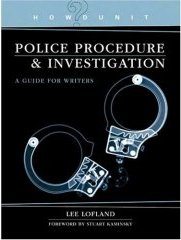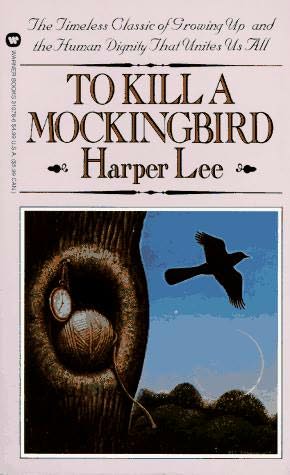He’s back! Nathan Fillion (Richard Castle) exposed a little “naughty” and a little “nice” in the season opener, Deep In Death. The action heated up quickly when a couple of scantily-clad faux patrol officers used Castle as their private stripper pole during a publicity photo shoot for his latest book. Of course, Detective Beckett (Stana Katic) was offended, or perhaps a little jealous, of the bump and grind. But she was soon reminded by her supervisor that the mayor insisted on the free PR train ride that follows Castle. And, as usual, she was forced to start the season with her civilian partner at her side. But her sly smile was an obvious indicator that she not-so-secretly adores the guy.
The show’s writers wasted no time introducing the star of the show, a dead body. Castle, the show, is known for odd murders with the victims discovered in odd places, and this episode was no exception to the rule. The victim, or “vic” as Beckett spouted nearly every other sentence – it was almost annoying (Very few locations use the term “vic” for victim and “perp” for suspect. Always check with local authorities when researching your stories) – was found nestled in the forks of a tall tree. As the camera zoomed in on the body, we were treated to our first look at the medical examiner, Lanie Parrish (Tamala Jones) who was perched on the platform of a man lift, examining the victim.
Now, I was pretty hard on Ms. Jones last season. I thought her character was far too wimpy for the position. I know, and have worked with several female medical examiners and coroners, and each of them are very strong women – the best in the business. Anyway, Ms. Jones came out blazing a new trail this year. She started out as tough as nails, with a new look and a bold new attitude. She actually (well, almost) seemed like a real medical examiner. It even seemed like she’d done a little homework, studying her role. Good for her. Her “windpipe was crushed” cause of death was a little shaky for me, but still, this was much better than some of the weird COD statements from last season. So far, so good.
Okay, let’s dive into the story. What was good police procedure, and what wasn’t? Remember, this show is fiction. It’s for our entertainment, and I like it. I really do. I only do this review so the writers who visit this site won’t confuse fact with fiction.
Here goes:
– Beckett was shown taking notes in a small pocket notebook on several occasions. Good stuff. Detectives make tons of notes (have you read any of my spiral notebook posts?).
– During an interview with a murder suspect, Beckett questioned him while they both stood in the interview room. It’s best to have the suspect seated for officer safety, and it keeps the bad guys on a level below the officer (a psychological advantage).
– The medical examiner collected a piece of bloody gauze as evidence, and then placed the item in a plastic, zip lock-type bag. Wet evidence should be placed in paper containers. Plastic bags act as little greenhouses, creating a perfect environment for bacteria, which can degrade or destroy DNA.
– The M.E. claimed she found traces of cocaine residue inside the victim’s body cavity. She would have needed a reason to test that portion of the body for drug residue. This is not a routine part of an autopsy. And, a toxicology report takes a long time (days or weeks) to complete, not the two or three hours as portrayed in this show. Jones was beginning to lose a little of her newly discovered edge by this point in the show. Although, I do have high hopes for her character She’s different this year. I hope it lasts, and I hope her character improves just a bit more (The role, not Ms. Jones’s acting. I’m sure she’s a fine actor).
– I was also pretty hard on Beckett’s two partners last year for entering rooms together, ALWAYS. Not this season. No longer do they seem like Batman and Robin, or conjoined twins. Their dialog and actions seemed pretty realistic, like real detectives in a real world. What a nice improvement over last season. Good job.
– Beckett suggests dusting the inside of a pair of gloves for fingerprints. Good idea. No, an excellent idea. However, a few minutes later we see the medical examiner cutting open a fingertip from the glove in question. Then she proceeded to dust the item with black fingerprint powder using a nylon brush. Nope. Probably wouldn’t happen and there are two reasons why it wouldn’t. First, someone from the fingerprint lab, a CSI tech, or a police officer would perform this task. You don’t see fingerprint techs cutting open dead bodies, right? Why not? because they’re not trained to do those sorts of things, and M.E.’s don’t dust items for prints while a detective watches. Second, dusting with regular powder alone probably wouldn’t reveal a usable print. These methods probably work best:
Ninhydrin follwed by lifting with Gelllifter
Cyanoacrylate (Superglue fuming) followed by treating with Rhodamine 6G
Gentian Violet staining
– The raid on the drug house wasn’t too bad. That’s not exactly how it would go, but it gave a small sense of realism. We’re going to give you guys the opportunity to conduct a real high-risk entry at the Writers Police Academy. Flash bangs and all!
Hey, Castle writers and cast members, you’re all invited to attend our Writers Police Academy in September 2010. It would be our pleasure to show you the ropes, and allow you to experience real police training, designed for writers. Your registration fee is on me.
– Three murder suspects were seated in the same room waiting to be questioned while Beckett and their attorney discussed working a deal for a reduced sentence. Suspects should never be placed in the same room. Doing so allows them to compare stories. AND, police officers DO NOT have the authority to make deals with suspects or their attorneys. Only a prosecutor may offer a deal.
– I like the brainstorming session around the whiteboard. I like this because that’s what I used to do (use a whiteboard). In fact, I still do it for my writing.
– Castle is “wired” and sent inside a secret gambling house. This is believable. We sent people inside places like that all the time. However, cops wouldn’t park the surveillance van outside the entrance and then allow Castle to climb out in full view of everyone on the street. This kind of operation is supposed to be sort of secretive.
– Fingerprint matches DO NOT magically pop up on a computer screen moments after they’re submitted. And they certainly don’t come complete with a suspect’s photo, name, address, and shoe size! The FBI sends back a list of possible matches, which are then examined, by hand and eye, by a certified fingerprint examiner. It is he/she who makes the final determination. This scene was right out of a Sci-Fi flick.
– And let’s not forget the poker game with the two real-life famous mystery writers. I like this touch. I just wish they did it every week. Will we see Lee Child, J.A. Jance, and Jeffery Deaver in a future episode?
So that’s it in a nutshell. I’m glad the season has begun. It was a long off-season.
I’m also glad to see The Big Bang Theory return for another season. I love this show.
*Don’t forget to stop by tomorrow for a visit with a really special guest.
Here’s a hint:







